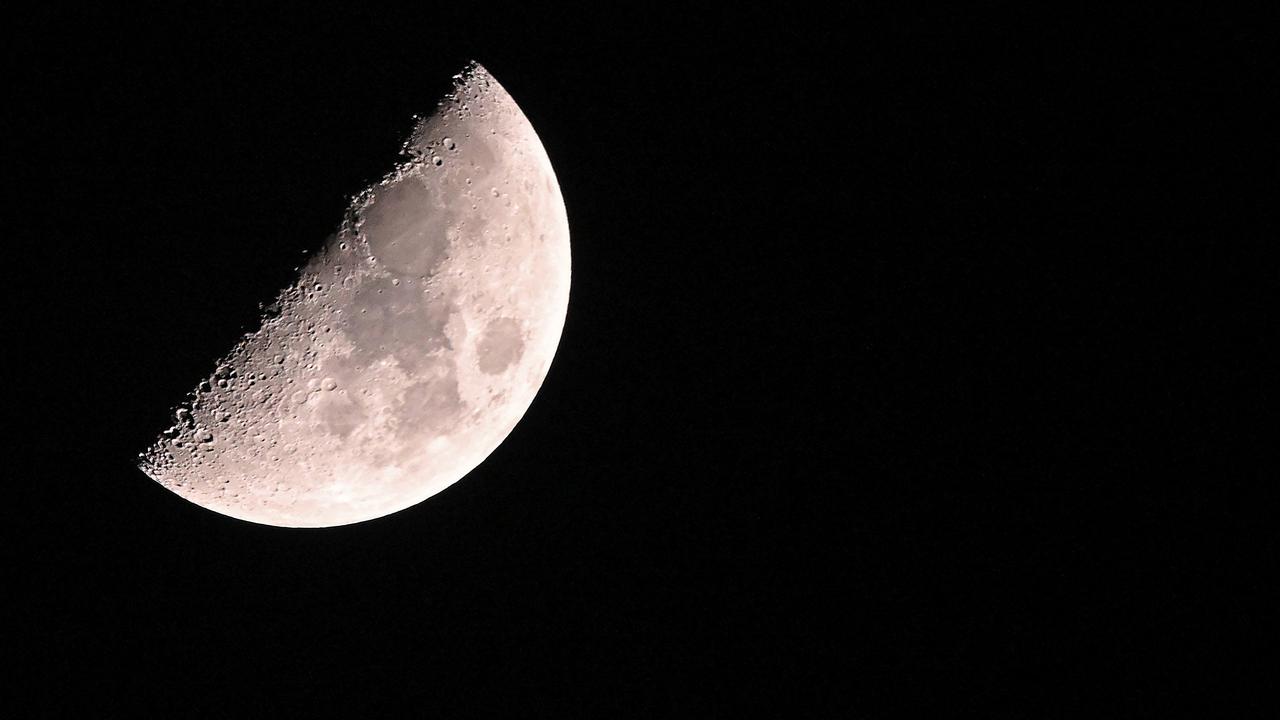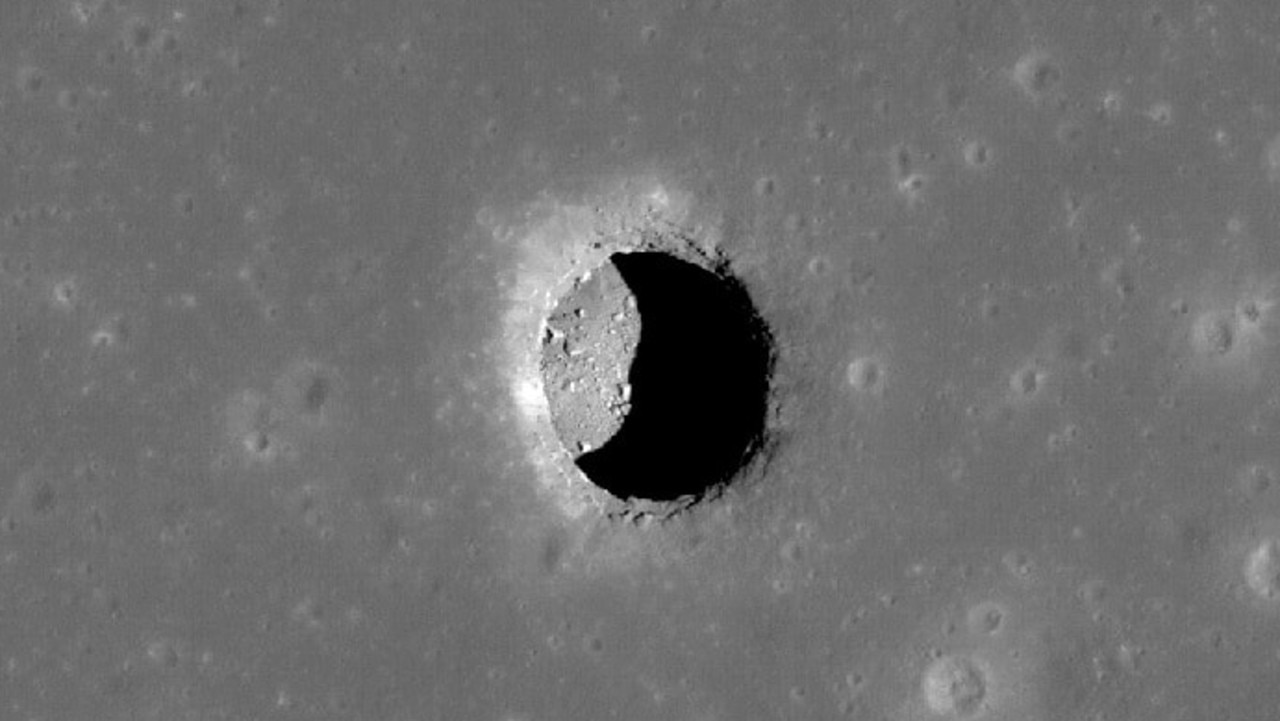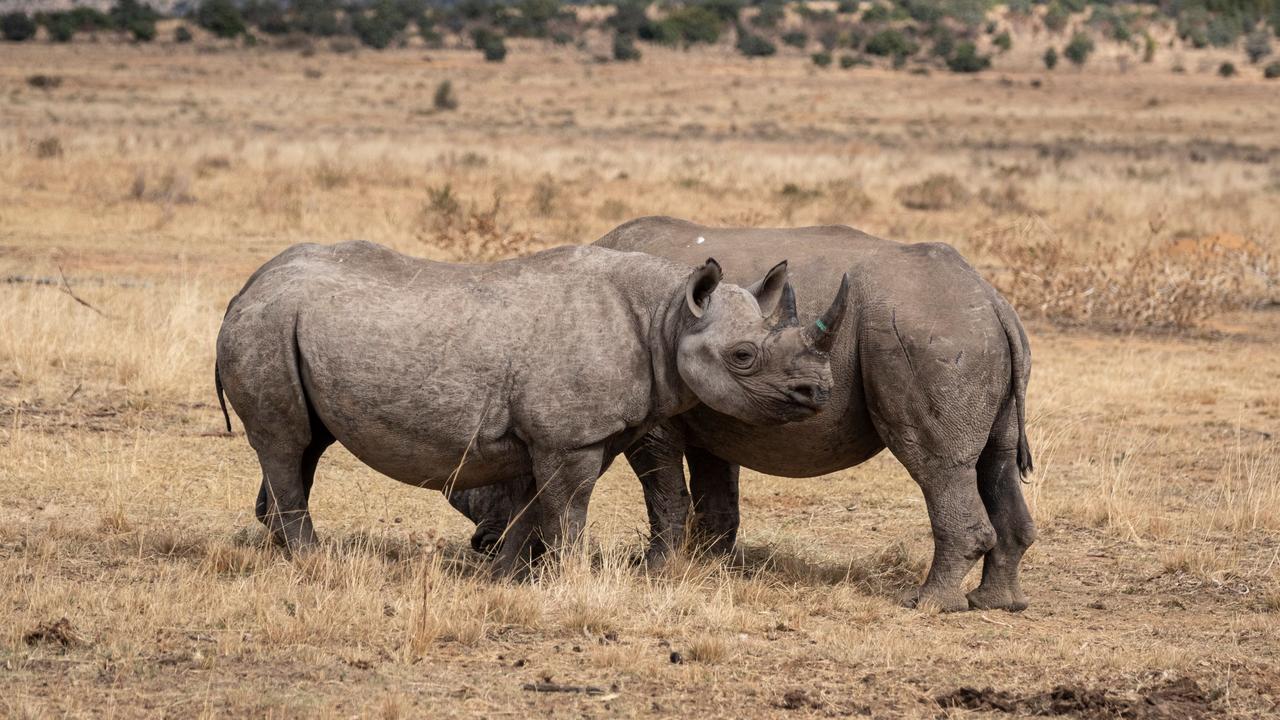Moon wobble linked to world’s largest mangrove forest death in Northern Australia
The mass death of a millions of mangrove trees in Northern Australia was blamed on the weather – but now scientists believe the wobbling moon could be the culprit

READING LEVEL: ORANGE
The moon destroyed a mangrove forest in Australia by wobbling, according to a new study.
The study provides a new theory for the mysterious death of tens of millions of mangrove trees along a 1000km stretch of shoreline along the Gulf of Carpentaria in Northern Australia in 2015-16.
It was the largest mangrove dieback* event ever recorded on Earth and has been linked to a weakening of the monsoon* wet season, lower than average rainfall and a temporary decrease in sea level.

These conditions were initially blamed on an El Nino weather phase, however a new study has found that the moon wobbled around the time of the mass mangrove death and this also affected the tides.
Lower sea levels meant seawater was drawn away from the mangroves. Mangroves have the ability to filter freshwater from the salty seawater that surrounds them when the tide comes in. But with lower tides, the mangroves were unable to extract the freshwater they needed for survival.

The research has been published in the journal Scientific Advances and discusses the known wobble of the moon and its lesser-known impacts.
We know the moon’s gravitational pull impacts tidal forces on Earth.
The moon is said to wobble on a 18.61-year cycle as it orbits our planet and that changes its positioning to Earth ever so slightly.
This slight change can amplify* or suppress* tides depending on where the moon is in its cycle, according to NASA.
“We show that the 18.61-year lunar nodal* cycle, popularly termed the ‘lunar wobble’, is a dominant* control over the expansion* and contraction* of mangrove canopy* cover over much of the Australian continent,” the researchers wrote.
The researchers used 30 years of national satellite data to conduct their study and correlate* the moon’s behaviour with the mass tree death.
This helped them spot a pattern of trees dying every 18 to 19 years, which is in keeping with the moon wobble timeline.
The researchers now want to find out whether the moon wobble is affecting mangrove forests in other parts of the world.

This article was originally published by The Sun and is reproduced with permission
GLOSSARY
- dieback: a condition where a tree or shrub begins to die from the tip of its leaves or roots backwards because of disease or an unfavourable environment
- monsoon: the season of heavy rain during summer in the tropics
- amplify: to make larger or greater
- suppress: to stop or restrict something
- nodal: to do with the point in a network or diagram at which lines or pathways cross
- dominant: main influence
- expansion: growth
- contraction: act of becoming smaller
- canopy: top layer of trees or plants
- correlate: find the connection between one thing and another
EXTRA READING
Supermoon helps free stuck ship
The moon, its history, and impact on our lives
Rare blood moon to appear in Australian sky
QUICK QUIZ
- In which location were the mangroves that died in 2015-16?
- What weather phase was initially blamed for the mass mangrove death?
- Which journal was this research published in?
- How often does the moon wobble?
- How many years of satellite data did the researchers examine in their study?
LISTEN TO THIS STORY
CLASSROOM ACTIVITIES
1. Do the Moon Wobble
Create a dance sequence and rap about the scientific explanation of a “moon wobble” and what happens during this phase every 18 or so years.
Your song/dance should give the basic explanation of what happens and why, in a fun and entertaining way!
If you’re brave, perform your song to another class and see if they understand the moon wobble and how it killed off all the mangrove trees.
Time: allow 30 minutes to complete this activity
Curriculum Links: English, The Arts, Personal and social, Critical and creative thinking
2. Extension
From what you’ve read about this “moon wobble”, and the effect that it has on the environment, what other living species do you think it could affect?
How could we prepare for this event in future?
Time: allow 15 minutes to complete this activity
Curriculum Links: English, Science, Critical and Creative thinking
VCOP ACTIVITY
Wibble wobble
Mr Moon has a bit of an itch that he is trying not to scratch, but it is getting worse and worse. I don’t think he can stay still for much longer. He needs to wibble, wobble and scratch that itch. Make up a story about what will happen if Mr Moon scratches his itch.
Use facts from the article to learn about the “lunar wobble” and its side effects to help with your story.
Don’t forget to hook the reader in and keep them engaged with your VCOP skills.

